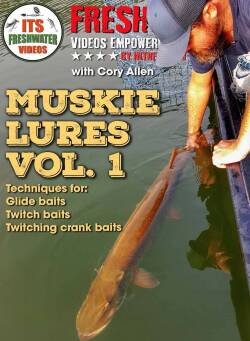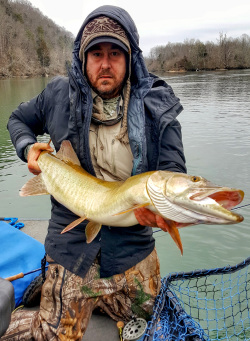Central Florida's strip mines and borrow pits are prime bass fishing grounds. Capt. Nick Kefalides shares his techniques for catching big fish in these deep water lakes, using various lures and rigs. Learn from his smart approach and become a bass fisherman.
Largemouth Bass - Deep Water Fishing for Suspended Fish
(01:29:26)
Watch Full Video
View Short Trailer
Instructor:
Nick Kefalides
Description
/
Review
/
Instructor
Summary
- Central Florida: Filled with mines and borrow pits that are often deep and rich in fish.
- Expert: Capt. Nick Kefalides, Marine Corp wounded vet
- Mine Depth: Up to 60 feet deep in various areas.
- Bass Behavior: Largemouth bass suspended on a thermocline in 20 to 30 feet of water.
- Fishing Tips: Focus on the thermocline, let the fish provide clues, and try various lures and rigs to determine the best approach.
Login
to leave a review.
User Reviews
There are no reviews yet.We Recommend
0




